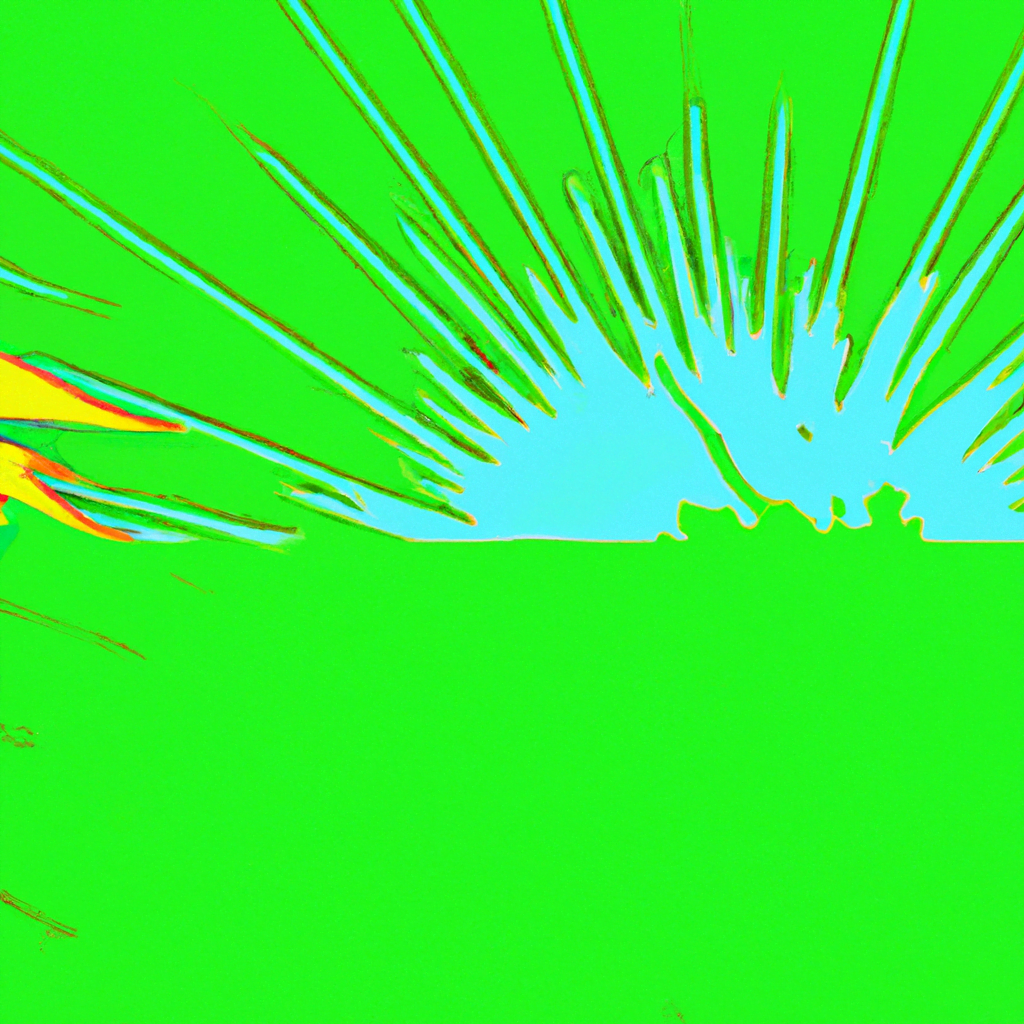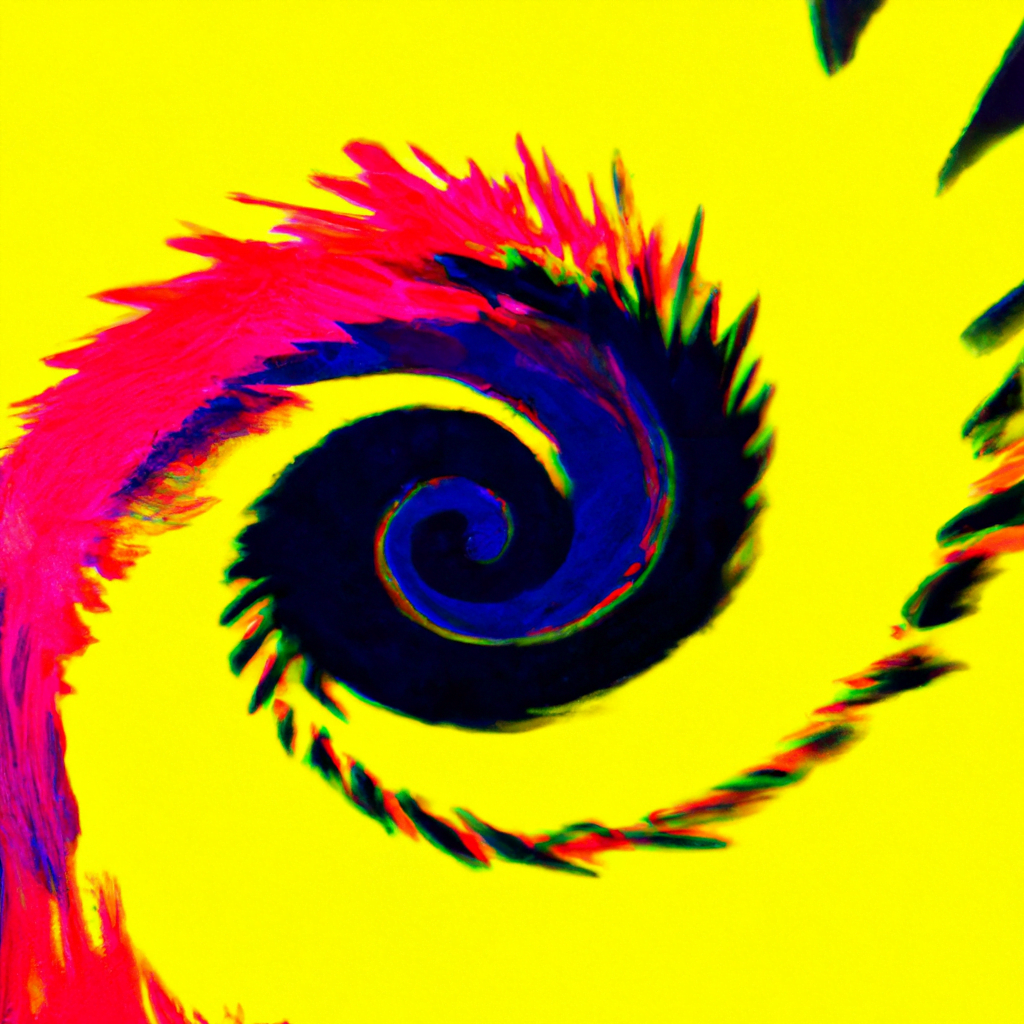
Illustrating Fantasy and Science Fiction: Unleashing Imagination

When it comes to the genres of fantasy and science fiction, the power of imagination knows no bounds. These genres have captivated readers for centuries, transporting them to fantastical worlds and pushing the boundaries of what is possible. One of the key elements that bring these worlds to life is illustration. In this article, we will explore the art of illustrating fantasy and science fiction, its impact on the genres, and the techniques used by illustrators to unleash the imagination of both the creators and the audience.
The Power of Illustration in Fantasy and Science Fiction
Illustration plays a crucial role in the genres of fantasy and science fiction, as it helps to visualize the imaginative worlds created by authors. It serves as a bridge between the written word and the reader’s imagination, providing a visual representation of the author’s vision. Through illustrations, readers can better understand the intricate details of the world, characters, and objects described in the text.
Furthermore, illustrations in fantasy and science fiction books often serve as a source of inspiration for readers. They allow readers to immerse themselves in the story and imagine themselves as part of the fantastical world. This connection between the reader and the illustrations enhances the overall reading experience and makes the story more memorable.
The Evolution of Illustration in Fantasy and Science Fiction
The art of illustrating fantasy and science fiction has evolved significantly over the years. In the early days of the genres, illustrations were often simple and lacked the intricate details we see today. However, as the genres gained popularity, so did the demand for more elaborate and visually stunning illustrations.
One of the pioneers of fantasy illustration is Arthur Rackham, whose work in the late 19th and early 20th centuries set the standard for future illustrators. Rackham’s illustrations were known for their ethereal quality and attention to detail, bringing to life the magical worlds of authors such as J.R.R. Tolkien and the Brothers Grimm.
With the advent of technology, the art of illustration in fantasy and science fiction has taken a leap forward. Digital tools and software have allowed illustrators to create more complex and realistic illustrations. Artists like Jim Burns and Chris Foss have embraced digital techniques to create breathtaking illustrations that push the boundaries of imagination.
Techniques and Styles in Fantasy and Science Fiction Illustration
Illustrators in the genres of fantasy and science fiction employ a variety of techniques and styles to bring their visions to life. These techniques and styles contribute to the overall atmosphere and mood of the illustrations, enhancing the reader’s experience.
Realism vs. Stylization
One of the key decisions illustrators make is whether to pursue a realistic or stylized approach. Realistic illustrations aim to depict the fantastical elements in a believable manner, often using references from the real world. Stylized illustrations, on the other hand, focus on exaggeration and abstraction, creating a unique and visually striking interpretation of the subject matter.
For example, in J.R.R. Tolkien’s “The Lord of the Rings,” the illustrations by Alan Lee and John Howe take a realistic approach, capturing the essence of Middle-earth with intricate details and lifelike characters. In contrast, the illustrations in Terry Pratchett’s “Discworld” series by Paul Kidby employ a stylized approach, with exaggerated features and vibrant colors that reflect the whimsical nature of the stories.
Composition and Perspective
The composition and perspective of an illustration play a crucial role in conveying the mood and narrative of the story. Illustrators carefully consider the placement of characters, objects, and landscapes to create a visually appealing and engaging composition.
For example, in science fiction illustrations depicting vast space battles, illustrators often use a high-angle perspective to emphasize the scale and grandeur of the scene. This perspective allows the audience to feel immersed in the action and experience the awe-inspiring nature of the fictional universe.
Color and Lighting
Color and lighting are powerful tools that illustrators use to evoke emotions and set the tone of the illustration. The choice of color palette can convey a sense of warmth, coldness, danger, or tranquility, depending on the desired effect.
For instance, in fantasy illustrations depicting enchanted forests, illustrators often use a vibrant and lush color palette to create a sense of magic and wonder. On the other hand, in science fiction illustrations depicting dystopian worlds, a desaturated and muted color palette may be used to convey a sense of bleakness and despair.
Case Studies: Influential Illustrators in Fantasy and Science Fiction
Let’s take a closer look at some influential illustrators in the genres of fantasy and science fiction, and how their work has shaped the visual landscape of these genres.
Frank Frazetta
Frank Frazetta is widely regarded as one of the most influential fantasy illustrators of all time. His iconic paintings, featuring muscular heroes, fierce monsters, and epic battles, have become synonymous with the genre. Frazetta’s work, characterized by his masterful use of color and dynamic compositions, has inspired countless artists and continues to captivate audiences to this day.
Chris Achilleos
Chris Achilleos is a British illustrator known for his stunning fantasy and science fiction artwork. His illustrations, often featuring strong and sensual female characters, have graced the covers of numerous books and magazines. Achilleos’ attention to detail and ability to capture the essence of the characters he portrays have made him a beloved figure in the genre.
Moebius
Jean Giraud, better known by his pen name Moebius, was a French comic book artist and illustrator who left an indelible mark on the world of science fiction. His unique and imaginative style, characterized by intricate linework and surreal landscapes, has influenced generations of artists and filmmakers. Moebius’ work, including his collaborations with filmmaker Alejandro Jodorowsky, has become a source of inspiration for many science fiction enthusiasts.
The Impact of Illustration on Fantasy and Science Fiction
The impact of illustration on the genres of fantasy and science fiction cannot be overstated. Illustrations not only enhance the reading experience but also serve as a visual representation of the author’s imagination. They allow readers to connect with the story on a deeper level and create a lasting impression.
Furthermore, illustrations have played a significant role in popularizing fantasy and science fiction. Eye-catching cover art and interior illustrations have attracted readers and sparked their curiosity, leading to increased sales and a broader audience for the genres.
Illustrations have also become an integral part of the fan culture surrounding fantasy and science fiction. Fans eagerly collect and share artwork inspired by their favorite books, movies, and TV shows, creating a vibrant community of artists and enthusiasts.
Conclusion
The art of illustrating fantasy and
